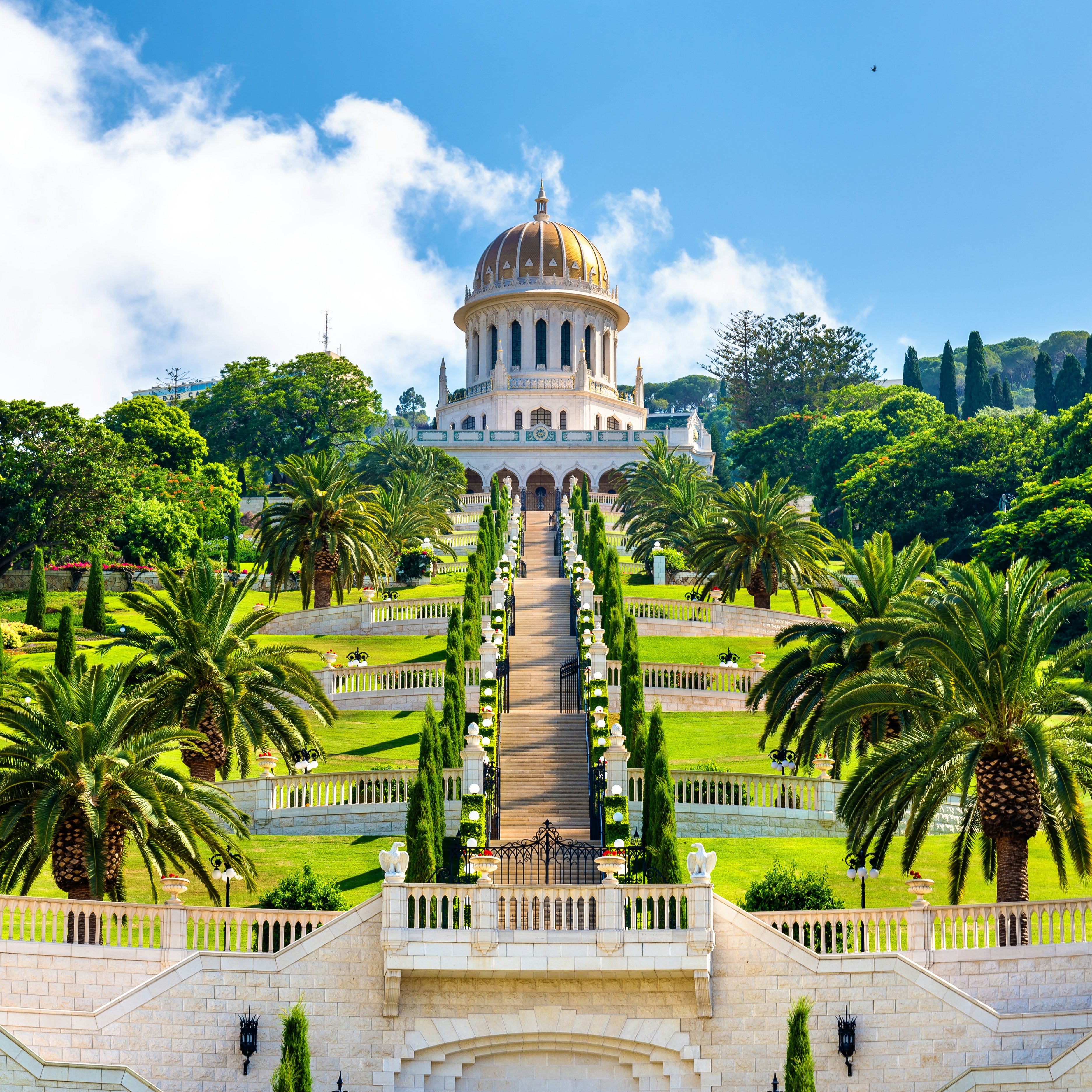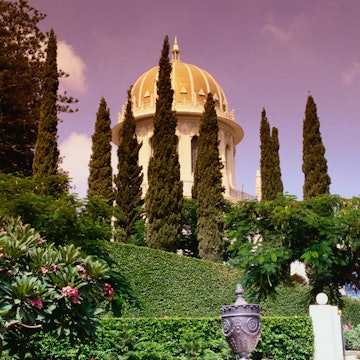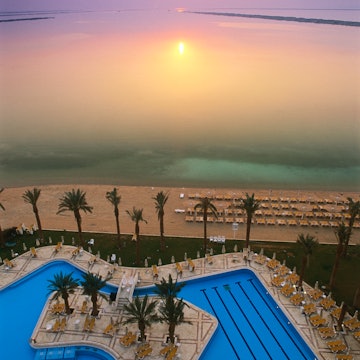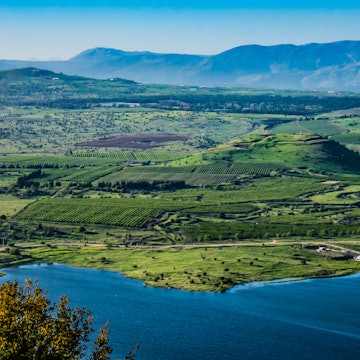

©Beata Bar/Shutterstock
Overview
Few places on earth stir up passion the way that Israel does: the breathtaking beauty of its hills and valleys, the eerie stillness of the Dead Sea, the multi-colored canyon of Makhtesh Ramon, and the ancient walls and pathways of Nazareth and Jerusalem. The call of the muezzin and the quiet prayers of Orthodox Jews at the Western Wall reflect how the religious devotion of the Muslims, Christians and Jews who live here runs through every facet of life.
Plan your trip with Guide, an AI travel planner!
Create a personalized trip itinerary in seconds using artificial intelligence.
Must-see attractions
in partnership with getyourguide


















